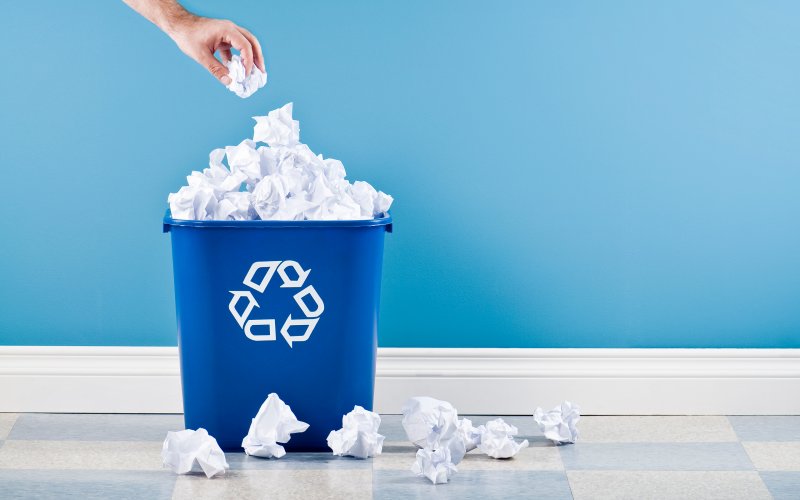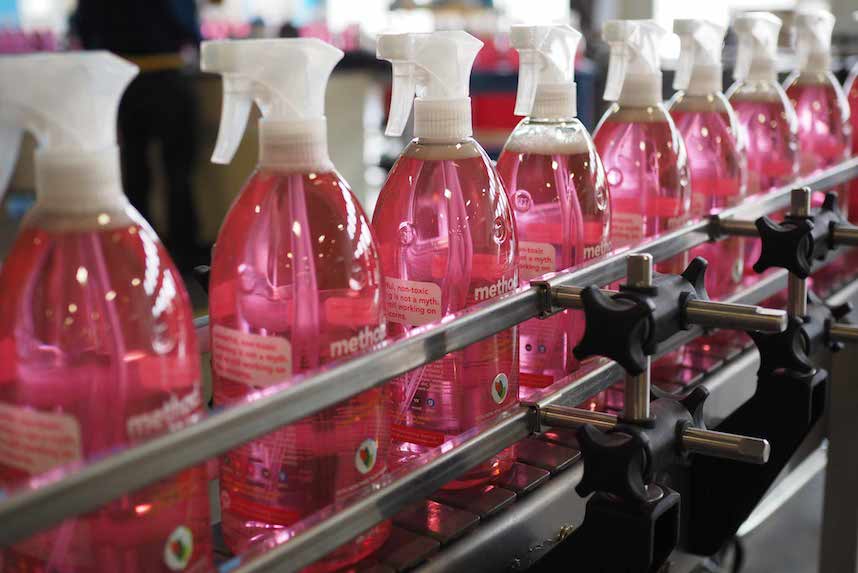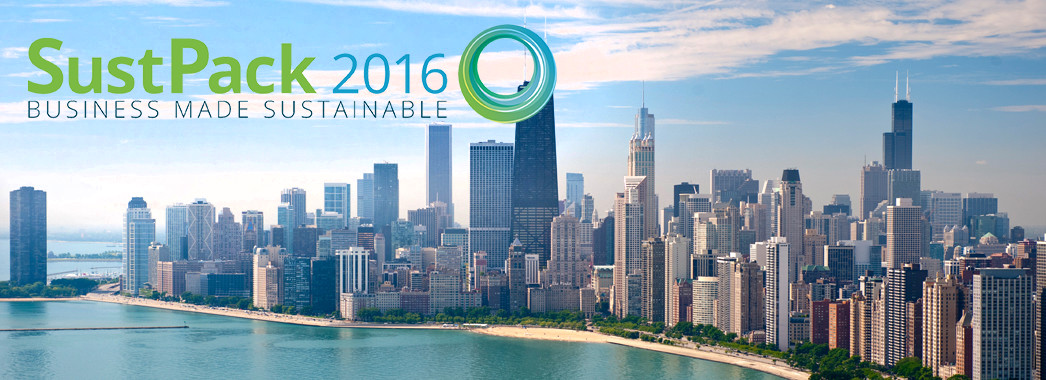Approaching complex, dynamic ecosystems or industries through the lens of systems thinking is not only essential for planning for the future, but is also a highly fascinating exercise.
Systems thinking means analyzing how parts and patterns within a complete larger system interact and influence one another. There are many ways to define a ‘system’, and even more ways to approach thinking about them. When we apply systems thinking, we’re able to consider who or what defines a system’s boundaries, and why; what are the inputs and outputs of the system; what is the final goal or state of the system? Is there a hierarchy within it? How is it regulated? How do the parts of the system evolve or stay static? How does material and information flow through it; what patterns, cycles or chaos can we observe inside of it?
The end goal of systems thinking is to gain new insights about how the system works and why, where its problems are, how changes can be made to make the system more effective and efficient.
Recycling in the United States is a system so ripe to be analyzed from a systems thinking perspective that it’s like a ten pound peach hanging by a single fiber on the bottom-most branch of a tree. It’s exceedingly complex, and its future is vast yet uncertain.
At the 2016 SustPack conference, hosted by the Sustainable Packaging Coalition and Smithers Pira, presenter Anne Johnson of RRS applied systems thinking to the future of recycling. Specifically, she focused on the gap between recycling aspiration and infrastructure. And as systems thinking has a tendency to do, interesting insights emerged:
- Recycling suffers from a tension between hopes and reality
- Localities (ie municipal governments) possess power in recycling in the following areas:
- Influencing the presence and types of recycling programs
- Defining what “recycling” means
Key national figures about recycling infrastructure
- There are about 600 Material Recovery Facilities (MRFs, or recycling facilities) in the US.
- The largest 20% of MRFs by size process 50% of US input.
- Only 70% of the municipal solid waste stream is recoverable (the remaining percentage is not yet recyclable [10%] or impossible to recycle or compost [20%]).
- The average tip fee, which is the amount that municipalities are charged to dump trash at a landfill, is $50 a ton.
- Of the biggest US cities, the highest performing recycling for curbside recycling and composting are Seattle (60%), Portland, Oregon (59.8%) and San Francisco (61%), but many large cities like New York, LA and Chicago are below national average curbside recycling rates.
The future infrastructure outlook
- The biggest opportunity in recovery right now is organics (ie food waste diversion) – and is 20-30% of the amount of waste we generate. Infrastructure is limited but growing.
- The biggest challenges going forward will be with packaging that is currently difficult to recycle, such as small rigid packaging, flexible film packaging, and figuring out how to best deal with contamination in recycling.
- The future material recovery value is unknown when it comes to sanitary wastes such as dirty diapers and cat litter.
- Economic realities and increasing awareness of environmental impacts are causing a shift towards Sustainable Materials Management.
- There is work to be done when it comes to engagement and education to help participation in recycling (How2Recycle is a great vehicle to improve that!).
- Investment in recycling infrastructure is required. Closed Loop Fund and Recycling Partnership are entities that help build curbside infrastructure, but it’s also valuable to recognize the work of Materials Recovery for the Future, Paper Recovery Alliance (PRA) and Plastics Recovery Group (PRG) of Foodservice Packaging Institute as we begin to think more about accommodating not yet recyclable materials. SPC’s Multi-Laminate Flexible Film Recovery Industry Leadership Committee is another great avenue to get involved in the future infrastructure for these materials.
More systems thinking is needed for the industry to design a smart future for recycling. Having big picture insights like these are a critical first step.











 SustPack was held at McCormick Place, Chicago from April 11-13th. Chicago was the perfect setting for a conference that acknowledges the challenges of the present, but looks to a brighter future through collaboration and innovation. SustPack brings together many key players across the packaging value chain, from manufacturers to brands and MRFs to discuss the details of their businesses and how to create a more sustainable future.
SustPack was held at McCormick Place, Chicago from April 11-13th. Chicago was the perfect setting for a conference that acknowledges the challenges of the present, but looks to a brighter future through collaboration and innovation. SustPack brings together many key players across the packaging value chain, from manufacturers to brands and MRFs to discuss the details of their businesses and how to create a more sustainable future.  In addition to the presentations, networking and breakout sessions, SustPack 2016 offered attendees interactive
In addition to the presentations, networking and breakout sessions, SustPack 2016 offered attendees interactive 
